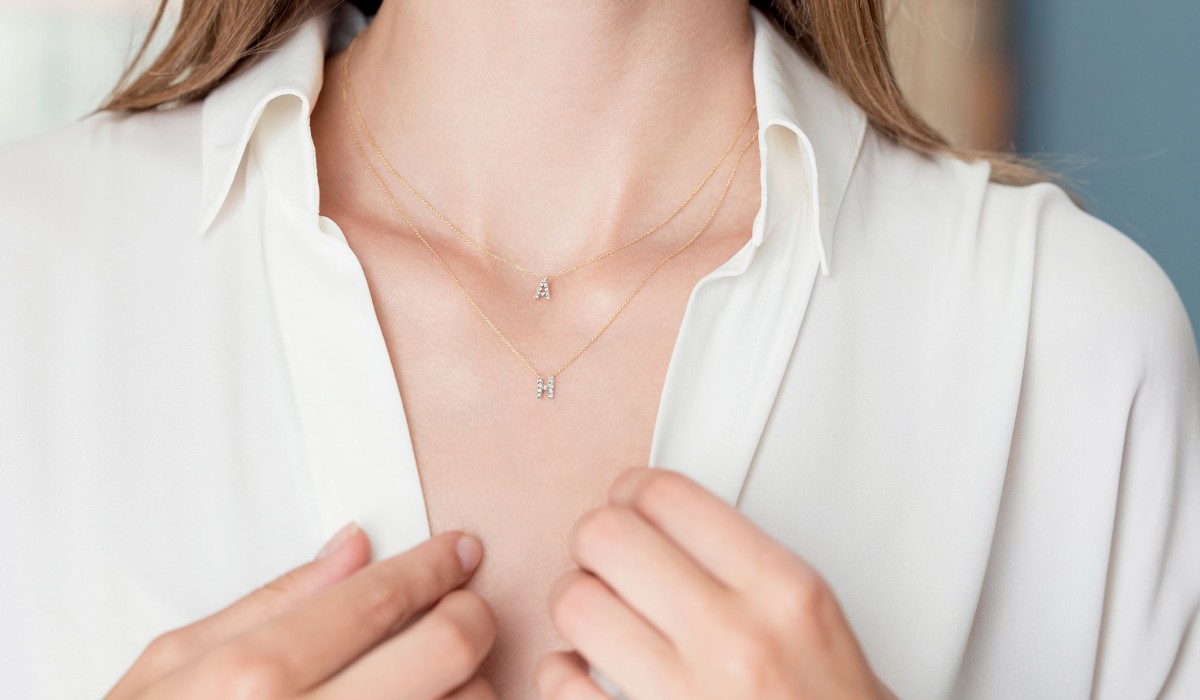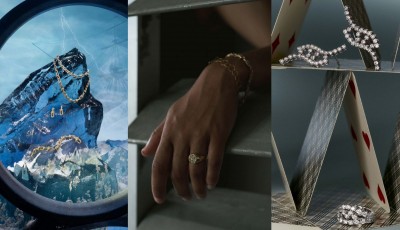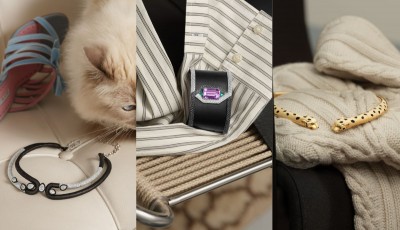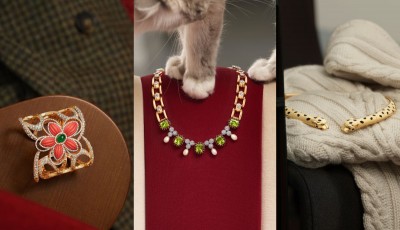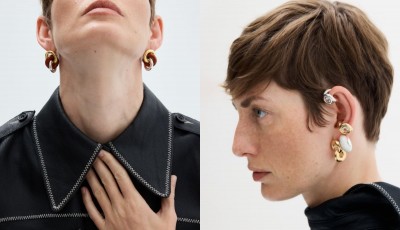Just Ring the Bell
An affordable, fashionable jewellery brand, reinventing an old sales model with modern tech.
Interview by Rachael TaylorTo all the little girls watching, never doubt that you are valuable and powerful and deserving of every chance and opportunity in the world to pursue and achieve your own dreams», said Hillary Clinton the morning after the US Presidential election. And this message of female empowerment is one shared by the Californian jewellery company Stella & Dot, which through home-based flexible sales model has been enabling women in the US, Canada and Europe to find financial independence. Its network of salespeople – or "stylists" – sells the brand’s jewellery and fashion accessories through “social selling”, running pop-up trunk shows in their own homes and taking 35% of the total sales values. They can also tap into other women’s networks – this shifts the sales party to the host’s home who, in return for hosting and inviting their own network of friends, will receive vouchers to spend with Stella & Dot (typically £300 per hosting). «The key to women’s empowerment is financial independence» says Stella & Dot Co-founder and Creative Director Blythe Harris. «Some women use the money earned to pay for fertility treatments or extra chemotherapy. Some are paying the mortgage while their husbands are off at war. Stella & Dot is a passion and a community where women are supporting each other and lifting each other up», says Harris.
Stella & Dot was founded in 2007 by Harris and Jessica Herrin, a well-known entrepreneur in the United States’ Silicon Valley. Herrin started her career early, dropping out of Stanford Business School at the age of 24 to focus on an online venture that would later become Weddingchannel.com, a business that was sold the year before Stella & Dot launched for US$61.7 million in cash and 1.5 million shares (valued at the time at US$18 each).

Herrin had already started laying the foundations of Stella & Dot before Harris came on board, but the symbiotic blend of Herrin’s top-tier tech expertise and Harris’ jewellery background (she previously worked for LVMH to set up De Beers’ retail division and helped shape the jewellery offer at Banana Republic) made the business take off. «I was very passionate that there was an opportunity to create an international mid-tier jewellery and accessories brand, as there wasn’t that much out there nine years ago», remembers Harris. While Harris’ focus was to create an affordable, fashionable jewellery brand, what drove Herrin was the chance to reinvent an old sales model with modern tech.
 After all, this social selling is really just direct selling with a new name and its association with empowering women has been longstanding, starting with beauty business Avon in the late 1800s and continuing with fads like Tupperware parties, in the 1940s. Rather than being limited to hosting parties, Stella & Dot’s stylists can harness technology to add sales channels, such as selling over Facebook or using iPads, widening what they can offer beyond the physical samples.
After all, this social selling is really just direct selling with a new name and its association with empowering women has been longstanding, starting with beauty business Avon in the late 1800s and continuing with fads like Tupperware parties, in the 1940s. Rather than being limited to hosting parties, Stella & Dot’s stylists can harness technology to add sales channels, such as selling over Facebook or using iPads, widening what they can offer beyond the physical samples.
They also benefit from Stella & Dot’s own website as each sale through the site gives a commission to the stylist geographically closest to the buyer. «We measure success in terms of impact and we’ve paid out over US$300 million in commission to independent business women», says Harris. She says that the average amount a stylist will make from working with Stella & Dot depends on how many hours they put in.
For someone working between five and 10 hours a week the reward is likely to be about £1,000 a month, plus some free jewellery. At the top of the scale, some stylists based in the States are earning US$1 million a year by running networks of hosts. In the UK, where Stella & Dot launched in late 2011, there are 3,000 stylists. In November, one of those stylists broke the standing commission record by earning £25,000 in a single month. And future earnings could benefit from a boost as Stella & Dot introduces a higher-priced concept, launched in 2016, called Covet. Covet is a luxury line of 14ct gold necklaces with diamond-set initials or symbols, as well as some luxurious upgrades of its signature handbags. While the price points are higher than its core range – necklaces start at £295 and bags at £140 – the strategy is still centred on accessibility and self-purchasing.

Just as Harris spotted a gap in the market for affordable fashion jewellery, so too does she see one for fine jewels. «The starting point was to create something timeless that wasn’t trend driven. The white space in the market we identified was in the £150 to £300 range for something that was good quality but accessible. We know we have a customer who wears Fine [Jewellery] and it might speak to someone who has a few statement pieces but wants something they can wear every day. Covet is a very easy way for someone to get into diamonds. For a long time diamonds were inaccessible, behind a glass case with a security guard, but I love the idea of wearing and selling diamonds in a more casual way», she says. With the luxury industry facing a revolution as Millennials start to rebel against its cold-hearted commerciality, a retail business offering a highly personal sales technique that directly benefits women the shoppers know could find itself in a more fortuitous position.


